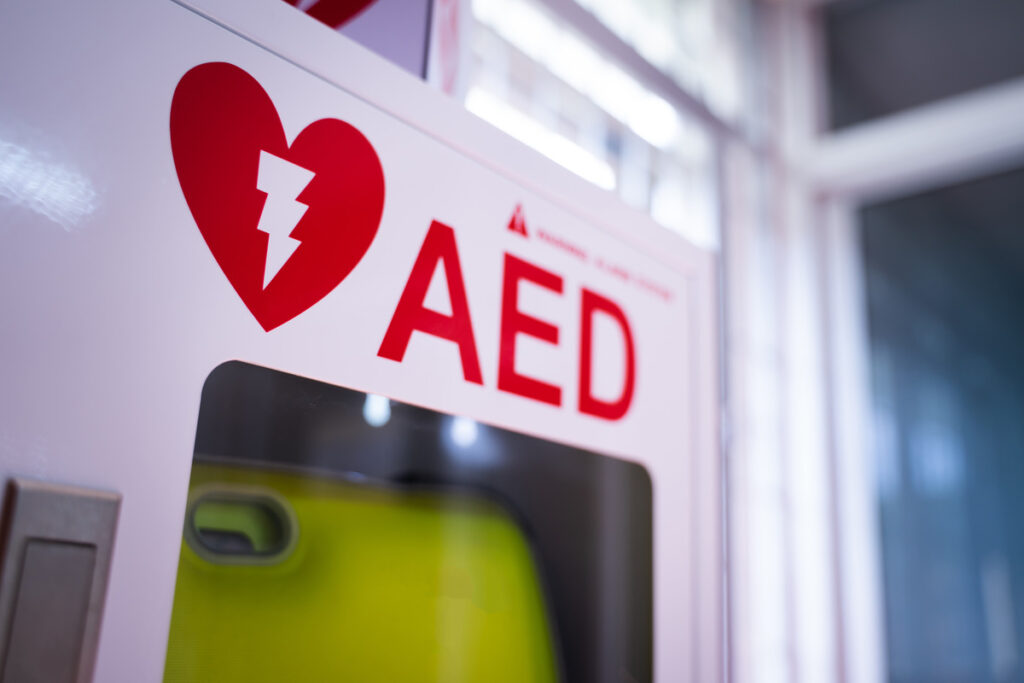Bronny James, the 18-year-old son of NBA superstar LeBron James, is in the news after experiencing a life-threatening medical emergency during a college basketball practice at the University of Southern California.
The young athlete suffered from cardiac arrest, a condition in which the heart malfunctions and stops beating unexpectedly. Fortunately, medical staff on-site at USC’s Galen Center provided immediate treatment, and he was swiftly taken to a hospital, where he is now in stable condition. The incident has shocked many but also drawn attention to the rare but serious issue of cardiac arrest in young athletes.
Cardiac arrest is a condition that can strike suddenly and without warning, even in seemingly healthy individuals. It occurs when the heart stops pumping blood to vital organs, resulting in a loss of consciousness and, if left untreated, death. Immediate intervention is crucial, and trained medical personnel administering CPR and using automated external defibrillators (AEDs) can significantly improve the chances of survival.
Cardiac arrest is a leading cause of death among young athletes in the United States, though it remains a rare occurrence. Approximately 1 in 50,000 to 1 in 100,000 young athletes experience cardiac arrest each year. While it is more common in older adults and men, young athletes are not exempt from this potentially deadly condition.
The causes of cardiac arrest in young athletes can vary. In those over 35, it is often attributed to coronary artery disease, where plaque buildup restricts blood flow to the heart. However, in younger individuals like Bronny James, the reasons are not always clear. It could be due to genetic defects, heart malfunctions, or structural abnormalities of the heart.
The incident involving Bronny James has brought up important questions about the prevention and management of cardiac arrest in young athletes. One critical aspect is ensuring that sports facilities and teams are well-equipped with AEDs and that personnel are trained in CPR and emergency response procedures. Immediate action can make a significant difference in survival rates.
The American Heart Association recommends that schools, colleges, and sports organizations have a well-defined emergency action plan in place to respond swiftly to any cardiac event. Along with this, offering CPR training and AED usage education to coaches, teammates, and other bystanders is vital. The prompt use of an AED can increase the chances of survival to nearly 90% if applied within the first minute after cardiac arrest.
The incident has shed light on potential disparities in access to healthcare for Black athletes. Studies have shown that athletes of Afro-Caribbean descent have a higher risk of cardiac events, and access to quality healthcare may play a role in this increased risk. Addressing these disparities and ensuring equal access to healthcare is crucial for the well-being of all athletes.
The bottom line is that cardiac arrest in young athletes is a rare but severe condition that requires immediate attention and action. The incident involving Bronny James serves as a reminder of the importance of being prepared for emergencies in sports settings. By having trained personnel, access to AEDs, and an effective emergency action plan, we can improve the chances of survival and reduce the impact of cardiac events on young athletes.
On a deeper level, addressing healthcare disparities among athletes is crucial in promoting their overall health and well-being. As the medical community learns more from these cases, efforts to prevent and manage cardiac arrest in young athletes can be strengthened, ensuring a safer and healthier sporting environment for all.






